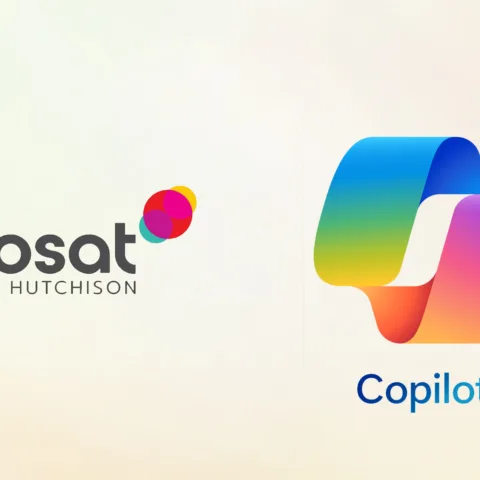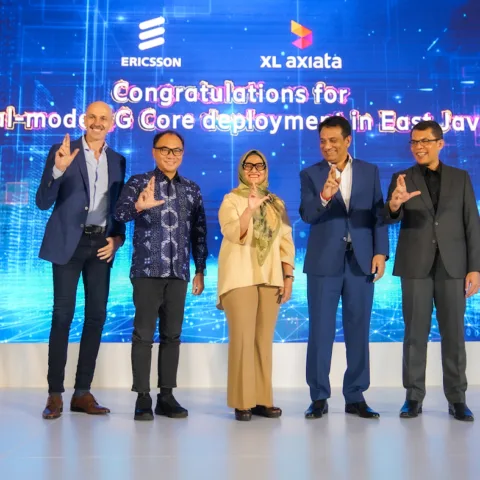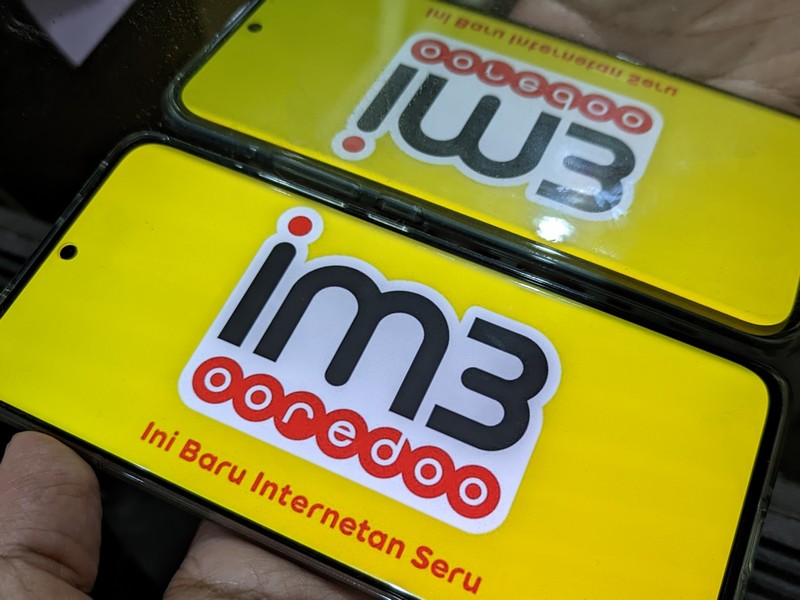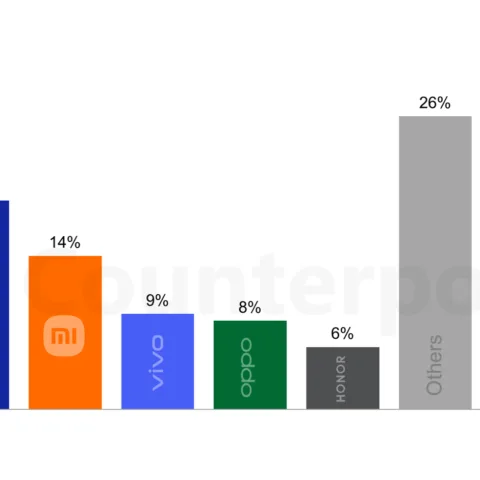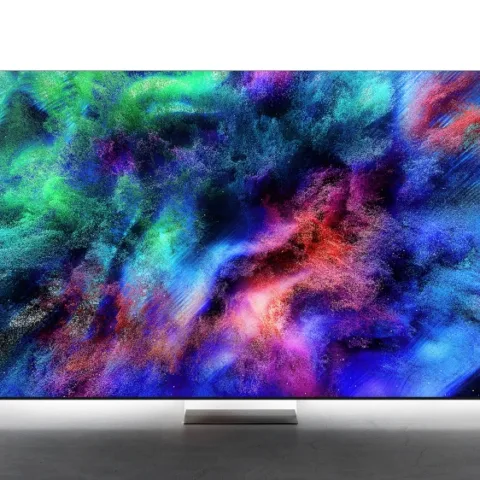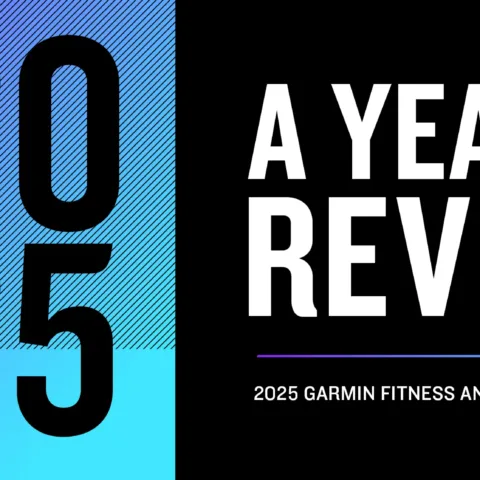Indonesia’s CDMA and GSM operators in the country are converging towards LTE, much like in the United States. Carriers and regulators agree that it’s an important step to take to deal with the rising demand of mobile data and to keep up with the technological progress. Unfortunately there are technical, commercial, and political barriers preventing its deployment to happen widely and rapidly.
At the 4G discussion held on Thursday in Jakarta, XL Axiata President and CEO Hasnul Suhaimi cited research by TNS and XL’s own analysis showing that Indonesia is home to the fastest growing mobile Internet users in Southeast Asia. Between 2010 and 2011, the growth rate reached 158%, 99% greater than second place Singapore. The majority of mobile Internet traffic, Suhaimi said, will be driven by video services, whether it’s video communications or video streaming, because they will eat up more data than anything else on the Internet.
Suhaimi believes that LTE will allow carriers to offer more advanced data oriented services and that the success of this relies on three factors: Devices, applications/content, and network reliability. The problem however, he said, is that consumers may not be willing to pay for such services.
Quoting CEO of KT Corp Suk Chae Lee, Suhaimi said, “In Korea, they are data crazy. We have unprecedented demand. We cannot handle it. But the issue we have is that they are not willing to pay enough. So the fundamental problem is, can we make any money out of it?”
Indosat President Director and CEO Alexander Rusli is adamant that telcos must embrace partnerships if they want to survive the industry. The promise of LTE won’t be delivered unless there is cooperation with other telcos, application developers or over the top service providers, device manufacturers, and with the government, Rusli said. This sentiment follows the discussion in 2012 about the need to work with online services, both local and foreign.
Rusli laments the massive customer grab that online apps and services have been pushing for with utter disregard for the networks they run on and complete ignorance of revenue. “OTT players are in acquiring mode so they disregard revenue and as a result carriers become victims but the model is not sustainable. One day they will have to make money but until that day comes, we’re suffering from the stampede.”
Smartfren Telecom’s Chief Technology Officer Merza Fachys said that the company has been a champion of CDMA technologies but it ill have to join the move to LTE sooner or later. Fachys told the story of how the company went to a meeting with Qualcomm to discuss the future of CDMA not too long ago. According to him, Qualcomm representatives said that they have reached the end of CDMA. While Smartfren currently has the most advanced CDMA network in the world, it has done so mainly because other CDMA operators on the planet already made the decision to join the exodus to 4G LTE, especially in the United States. Chinese operators on the other hand are the only ones that have yet to make that decision.
Smartfren and other CDMA operators in the country will have to move to LTE whether they like it or not. The big question is, are they ready for it? With limited available frequencies and the requirement that an operator must have a minimum of contiguous 20MHz spread before LTE can be deployed, current CDMA operators may have to consider becoming MVNOs in the future should the need arises.
HSPA deployment only requires a frequency spread of 5MHz and currently, carriers are licensed to operate with a spread of 15MHz. With a 20MHz minimum spread for LTE operations, this presents a challenging issue in deploying LTE on existing frequencies with existing licenses. Telco executives at the 4G discussion on Thursday all agree that the Indonesian government will have to rearrange frequency allocations within the next year or so to rectify this situation unless it is willing to allow crippled LTE networks to operate in the country.
As we wrote last year, the current allocated spectrum for 4G deployment is on 2300MHz. This was previously deployed for WiMax but it has since been allowed for use for LTE. Unfortunately existing mobile devices have not been built to deliver LTE on this frequency. On top of that, it’s far more efficient to deliver LTE on lower frequency bands such as 900MHz or 700MHz as they can reach far greater range than higher frequencies. Unfortunately those frequencies are yet to be available across Indonesian airwaves.
900MHz band is currently being used to deliver 2G and 3G connectivity by Indonesia’s top three mobile carriers. It’s possible to deploy LTE on this frequency but the networks will have to push 2G devices off this frequency before that can happen. And even then, only Indosat, XL Axiata, and Telkomsel will be able to take advantage of it as they are the ones with the license to operate on this frequency.
700MHz band is being used to deliver terrestrial TV signal. The government has mandated that analog TV broadcast will cease to operate in 2017 and all free to air TV stations will move to digital which will be broadcasting through frequencies between 526MHz and 694MHz which leaves the 700MHz band free for what is being called the Digital Dividend.
Dr. M. Budi Setiawan, director general of resources and devices at the Ministry of Communications and Informatics stated that availability of the 700MHz band is crucial to the deployment of 4G LTE but if the country is to deploy LTE in 2014, it will have to do so on other frequencies because the 700MHz frequency will not be available until 2018 at the earliest.
In the meantime, Telkomsel, Indosat, and Smartfren have been rolling out WiFi connectivity at certain locations across the country. This premium subscription service is designed to achieve a number of objectives. One is to reduce data congestion on their respective 3G/EVDO networks. Two, it is also a way to drive up revenue from the higher end data subscribers who demand the use of not only greater data usage but also much faster connectivity speeds.
Existing 3G connections across the country average around 1-3 Mbps although in certain locations it can reach beyond 10 Mbps. By offloading subscribers to WiFi, this provides consumers with a third objective. Subscribers will be able to enjoy much faster Internet connectivity speeds, often reaching 20-40 Mbps, with greater data allowance limits. While this is not entirely ideal, given that these WiFi offload locations are often found in high density public places, it serves the purpose well enough.
Although 4G LTE provides even faster speeds than what these WiFi connections will allow, the networks are expected to maintain this premium service even after the 4G roll out has kicked off. Mostly this is to allow a larger number of people to connect to the Internet with much greater flexibility and fewer issues. The fact that this brings in more revenue certainly doesn’t hurt.

